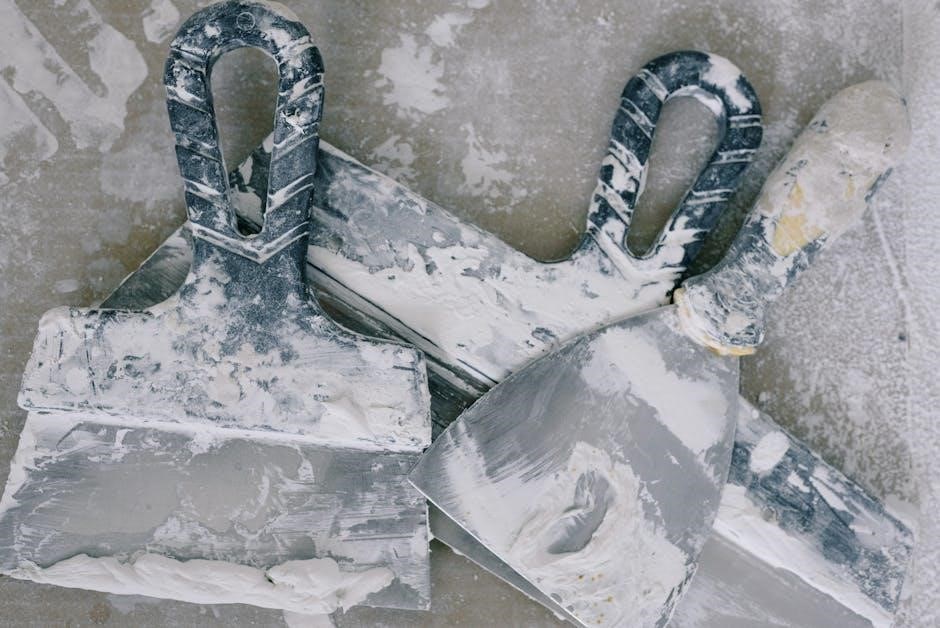Knots are essential tools used daily, with various types serving different purposes, including sailing, climbing, and rescue, requiring knowledge of
classification
and proper usage techniques always.

Definition and Importance of Knots
Knots are defined as a method of joining two ends of a rope together or attaching a rope to a fixed object, with the primary goal of creating a secure and reliable connection. The importance of knots lies in their ability to provide a safe and efficient means of performing various tasks, such as sailing, climbing, and rescue operations. A good understanding of knots is essential for anyone who works with ropes, as it can help prevent accidents and ensure a successful outcome. According to various sources, including online tutorials and instructional guides, knots are a fundamental skill that requires practice and patience to master. By learning about the different types of knots and their uses, individuals can develop a valuable skill that can be applied in a variety of situations, making them more confident and self-assured in their abilities. Overall, knots play a crucial role in many industries and activities.
Classification of Knots
Knots can be classified into several categories, including Class I, Class II, Class III, and Class IV, each with its own unique characteristics and uses. This classification system helps to organize and understand the different types of knots, making it easier to learn and apply them in various situations. The classification of knots is based on their functionality, with Class I knots being used for end of the rope applications, Class II knots for anchor points, Class III knots for middle of the rope applications, and Class IV knots for special purposes. By understanding the classification of knots, individuals can better appreciate the diversity and complexity of knots, and develop a more nuanced approach to using them. The Internet provides a wealth of information on knot classification, including online tutorials, videos, and instructional guides. Knot classification is a fundamental aspect of knot theory.

Types of Knots
Various knots exist, including stopper knots, loop knots, and special knots, each serving distinct purposes and functions always.
Stopper Knots
Stopper knots are used to prevent a rope from running out of a pulley or block, and they are typically tied at the end of a line. They are an essential type of knot, and there are several varieties, including the overhand knot and the figure eight knot. These knots are commonly used in sailing, rock climbing, and other applications where a secure stop is needed. The ability to tie a stopper knot is a fundamental skill that can be useful in a variety of situations. By using a stopper knot, individuals can ensure that their rope is secure and will not come loose, even in harsh weather conditions or under heavy loads. This type of knot is also useful for creating a fixed point on a rope, allowing users to attach other knots or devices as needed. Stopper knots are a crucial part of any knot-tying repertoire.
Loops and Nooses
Loops and nooses are types of knots that create a circular shape, allowing users to secure objects or create a fixed point on a rope. These knots are commonly used in applications such as sailing, climbing, and rescue operations. A loop knot can be used to create a secure attachment point, while a noose knot can be used to lift or lower objects. The alpine butterfly knot and the bowline knot are examples of loop knots, and they are often used to connect two ropes together or to create a fixed loop in a rope. Noose knots, such as the running noose, are used to create a loop that can be adjusted in size, allowing users to secure objects of varying sizes. By using loops and nooses, individuals can create secure and reliable attachments, making them essential components of many knot-tying applications. They are also useful for creating temporary attachments.

Uses of Knots
Knots have numerous practical applications, including sailing, climbing, and rescue operations, requiring knowledge of different types and uses, always serving specific purposes effectively.
Sailing and Boating
Knots play a crucial role in sailing and boating, as they are used to secure sails, anchor, and dock boats. The ability to tie knots is essential for sailors and boat owners, as it ensures safety and prevents accidents. In sailing, knots are used to adjust sails, while in boating, they are used to secure the boat to a dock or anchor. There are several types of knots that are commonly used in sailing and boating, including the bowline, clove hitch, and sheet bend. These knots are used for different purposes, such as securing ropes, lifting heavy loads, and creating temporary anchors. By knowing how to tie these knots, sailors and boat owners can ensure a safe and enjoyable experience on the water. Additionally, knowledge of knots can also help in emergency situations, such as rescuing a person or securing a boat in rough weather. Overall, knots are an essential part of sailing and boating.
Climbing and Rescue
Knots are vital in climbing and rescue operations, providing a secure and reliable means of supporting weight and facilitating rescue efforts. Climbers use knots to connect themselves to the rope, anchor to the rock face, and create a secure attachment to the climbing protection. Rescue teams also rely on knots to lift and lower people, as well as to create a stable and secure environment for rescue operations. The figure eight knot, bowline knot, and alpine butterfly knot are commonly used in climbing and rescue, each with its own unique characteristics and applications. Knowledge of these knots is essential for climbers and rescue personnel, as it enables them to respond effectively in emergency situations and ensure a safe and successful outcome. By mastering the use of knots, climbers and rescue teams can minimize risk and maximize safety, making knots an indispensable tool in these high-stakes activities, with proper training and practice.
Knots are valuable tools with various applications, requiring proper knowledge and technique to use effectively always in different situations and contexts every day.
Importance of Practicing Knots
Practicing knots is crucial to master their techniques and understand their applications, as it helps to develop muscle memory and improve dexterity, allowing individuals to tie knots quickly and efficiently in various situations.
Regular practice also enables individuals to identify the most suitable knots for specific tasks, increasing their confidence and competence in using knots effectively.
Additionally, practicing knots helps to prevent accidents and errors, as it allows individuals to recognize and correct mistakes, ensuring that knots are tied securely and reliably, which is essential in critical situations.
Overall, practicing knots is essential to become proficient in their use, and it requires patience, dedication, and consistent effort to achieve mastery, which is a valuable skill that can be applied in numerous contexts and activities.
By practicing knots, individuals can develop a valuable skill that can be applied in various situations, from outdoor activities to rescue operations, and it is an essential aspect of being prepared and self-sufficient.
Final Thoughts

With the vast amount of resources available, including online tutorials and instructional guides, individuals can easily learn and practice the various knots and their uses.
By understanding the different types of knots and their applications, individuals can develop a new skill and expand their knowledge, which can be beneficial in various aspects of life.
Ultimately, the study of knots is a fascinating field that offers a unique combination of history, culture, and practical application, and it continues to evolve and grow as new knots and techniques are discovered and developed.
The importance of knots in various industries and activities cannot be overstated, and their impact on our daily lives is significant, making them an essential part of our world.
